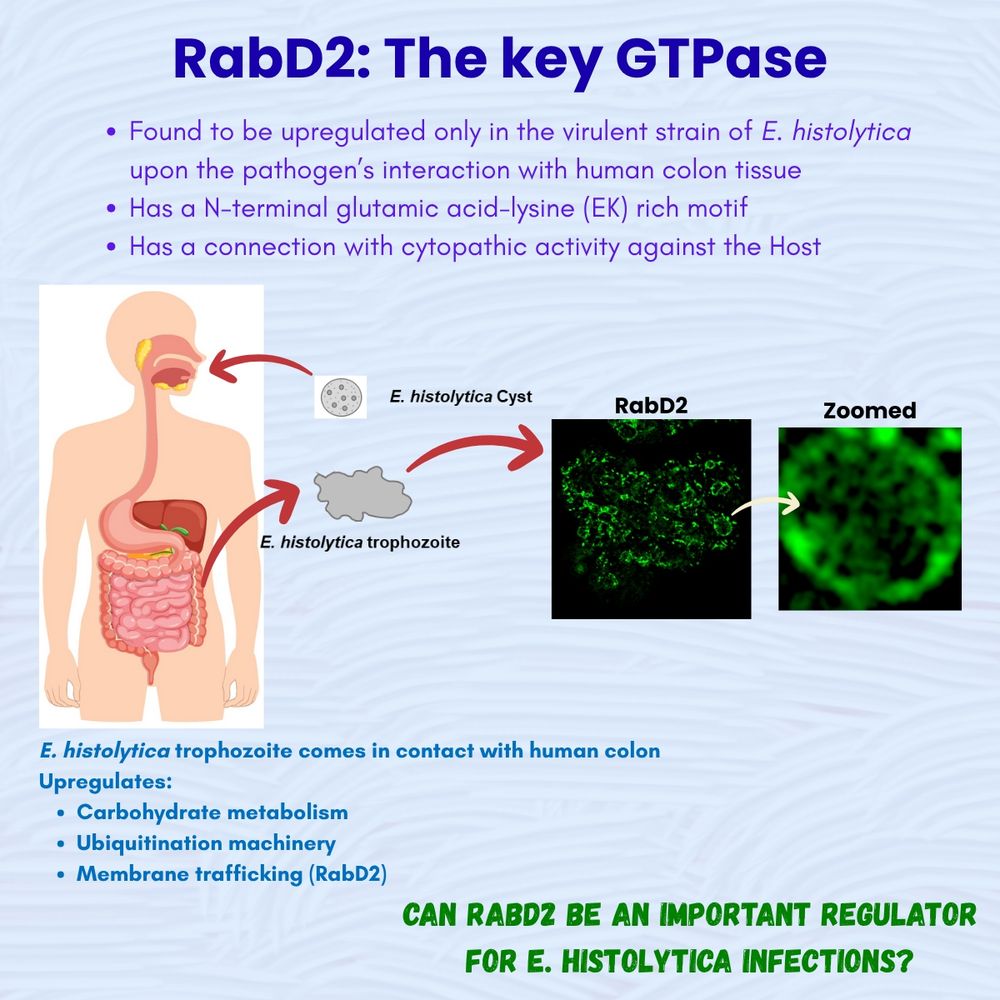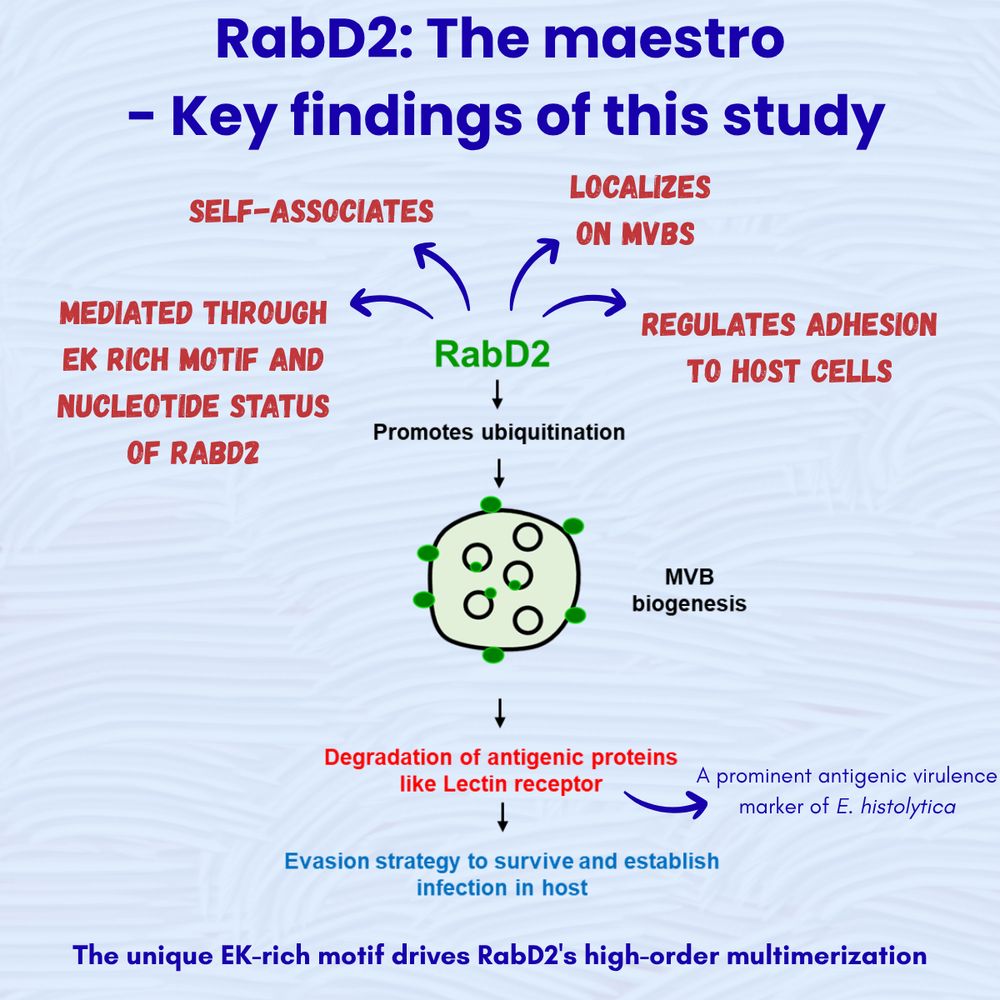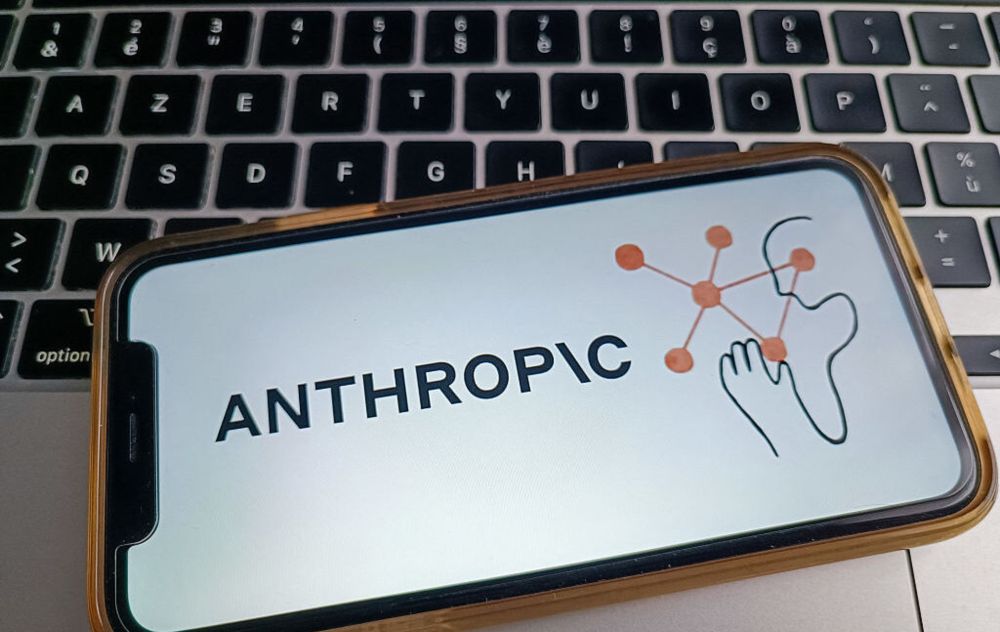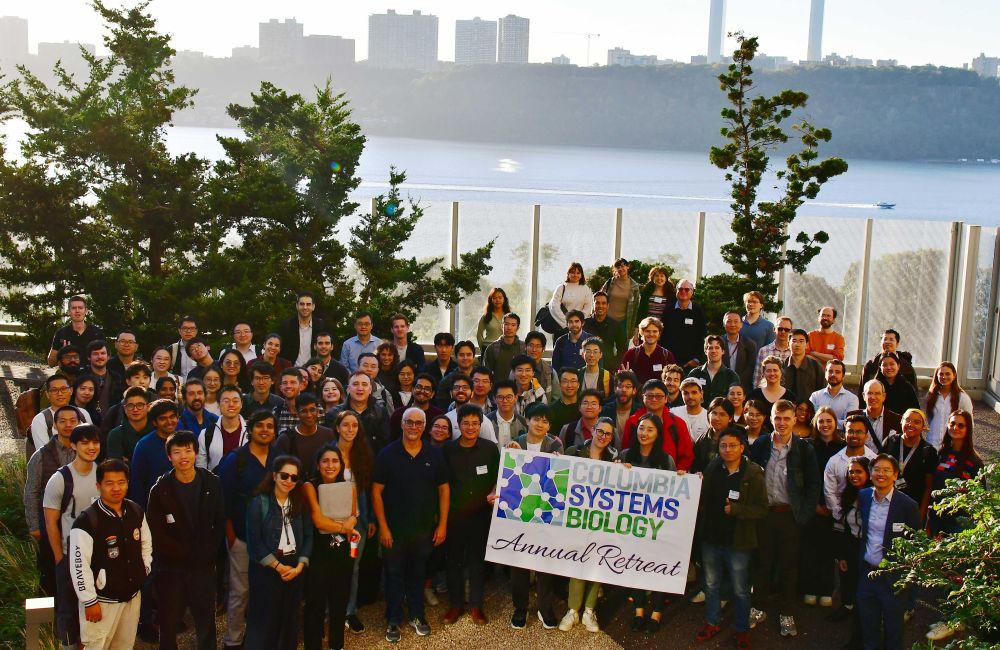
📖Editor at BMC Biology
🦠Part-time community college prof
🧘🏻♀️200 hour RYT
📍 Philadelphia
Past:
🔬Postdoc Thomas Jefferson University
🧬PhD @stonybrooku.bsky.social
🧪BS @mnstatemankato.bsky.social

Excited to serve as Guest Editor and can’t wait to read your submissions!
🔗 www.biomedcentral.com/collections/...

Excited to serve as Guest Editor and can’t wait to read your submissions!
🔗 www.biomedcentral.com/collections/...
@navyaka.bsky.social
Read for more: bmcbiol.biomedcentral.com/articles/10....
#RabGTPase #Selfassociation #Multivesicularbodies #Ubiquitination #Entamoebahistolytica




@navyaka.bsky.social
Read for more: bmcbiol.biomedcentral.com/articles/10....
#RabGTPase #Selfassociation #Multivesicularbodies #Ubiquitination #Entamoebahistolytica

This morning I was able to recreate a file made by someone else because they explicitly documented their definitions, calculations, and their assumptions. 🫶
This morning I was able to recreate a file made by someone else because they explicitly documented their definitions, calculations, and their assumptions. 🫶
Amen! We need more accountability from the creators.
Responsibilities beyond experimental outcomes. Ethical importance in the time of AI.
Frankenstein and the problem of abandonment | Science www.science.org/doi/10.1126/...

Amen! We need more accountability from the creators.

I need your help!
In collab. w/the Society for Integrative & Comparative Biology, I'm organizing a group of artists to come to our Jan. meeting! We're looking for artists to create based on what they learn at the conference. $1000 stipend.
Application is V short! forms.gle/ah1i8KwNJinZ...

I need your help!
In collab. w/the Society for Integrative & Comparative Biology, I'm organizing a group of artists to come to our Jan. meeting! We're looking for artists to create based on what they learn at the conference. $1000 stipend.
Application is V short! forms.gle/ah1i8KwNJinZ...
Explore how we are advancing open, trusted and community-led science for the future:
bit.ly/4qPbFCf
Explore how we are advancing open, trusted and community-led science for the future:
bit.ly/4qPbFCf
We need a structural biologist to work on several CryoEM datasets. For more information, please visit: www.antonylab.org
Expertise in structure refinement and model-building are required.
Please share.

We need a structural biologist to work on several CryoEM datasets. For more information, please visit: www.antonylab.org
Expertise in structure refinement and model-building are required.
Please share.
🌿Broad focus on biodiversity — from microbes to modelling
📢A fantastic opportunity for researchers working across scales and disciplines!
🔗 web103.reachmee.com/ext/I005/103...
🌿Broad focus on biodiversity — from microbes to modelling
📢A fantastic opportunity for researchers working across scales and disciplines!
🔗 web103.reachmee.com/ext/I005/103...

Chilling. Perfect description.
www.statnews.com/2025/11/18/r...



this is my annual reminder to myself and perhaps also to you that if you have the schedule autonomy to permit it, get out for a walk or whatever during daylight hours! It's important!
You can work more when it's dark but you need whatever sunlight is available!
this is my annual reminder to myself and perhaps also to you that if you have the schedule autonomy to permit it, get out for a walk or whatever during daylight hours! It's important!
You can work more when it's dark but you need whatever sunlight is available!
Bacteria can “remember” past environments through genetic & biochemical imprints helping them adapt and thrive! 🦠🧠
#MicroSky
www.nature.com/articles/s41...

Bacteria can “remember” past environments through genetic & biochemical imprints helping them adapt and thrive! 🦠🧠
#MicroSky
www.nature.com/articles/s41...
bmcpublichealth.biomedcentral.com/articles/10....

bmcpublichealth.biomedcentral.com/articles/10....
"The Consequences of Faculty Sexual Misconduct"
Sarah Cohodes & Katherine Leu

"The Consequences of Faculty Sexual Misconduct"
Sarah Cohodes & Katherine Leu
apply.interfolio.com/177622
Suggested deadline: 12/15/2025.
@columbiasysbio.bsky.social

apply.interfolio.com/177622
Suggested deadline: 12/15/2025.
@columbiasysbio.bsky.social
October and November grant application submission *deadlines* will be rescheduled (🤯). Specific dates TBD.
grants.nih.gov/grants/guide...
October and November grant application submission *deadlines* will be rescheduled (🤯). Specific dates TBD.
grants.nih.gov/grants/guide...


